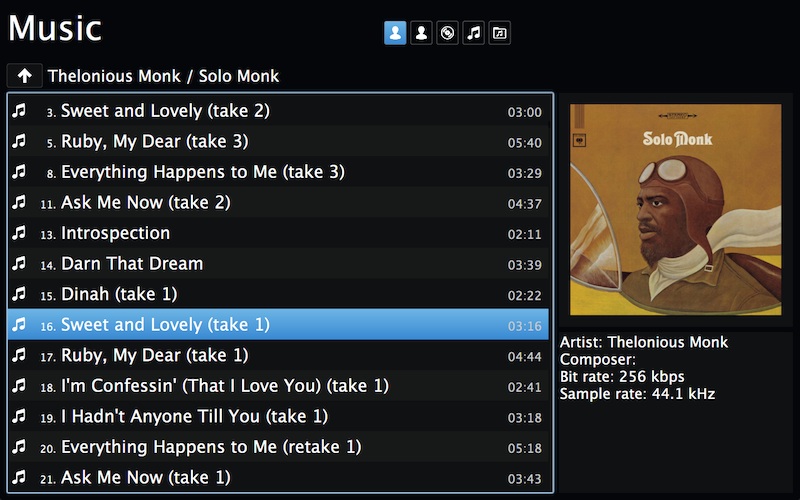About
22 December 2017
blueMarine is an open source project with a (somewhat limited) glorious past, a small present and - perhaps - a future.
In the past all started when its author found, circa 2004, that there were no decent applications for Digital Asset Management; he envisioned a single application encompassing the whole photographic workflow, starting from ingestion, including advanced cataloguing and geotagging, up to the RAW digital processing. For a few years, the project proceeded - also because it was indirectly backed by some sort of financing, being some of its components reused for a couple of customers. blueMarine most glorious moment was a presentation at JavaOne 2008, a programmers' conference where the technical solutions used for its implementation were presented. A short screencast about that moment is still available:
A few months later the financial crisis stroke the USA, where the main customer was based, and funding was over. A few attempts to keep the project alive were done, but they failed. In the meantime, Adobe Lightroom was gaining popularity among photographers, it supported many concepts of blueMarine, so it looked like there were no strong reasons for holding on. blueMarine, indeed, supported a more advanced cataloguing approach, based on the Semantic Web, but in the end people can survive also with a simpler tagging based approach.
A few years later, blueMarine emerged as the "II" version, this time as a simpler home media platform, initial focused on music. This is today the little present of the project: it is basically available as a Mac OS standalone application or as a service that can be installed on a small appliance (such as the Raspberry PI); it can play media with its own user interface, or serve contents to a DLNA client. Preserving a sort of heritage from its ancestor, it sports a Semantic Web cataloguing engine, that integrates with some data sources on the web. It is not something that can be used by a random end user, though: at the moment it require some advanced computer skills to be set up.


The possible future of blueMarine II could see a revival of photography support. Adobe changed its policy for Lightroom, that since the beginning of 2018 is no more available with a perpetual license and this upset a lot of people, including blueMarine's author, who moved to a different post-processing application. While competitors easily provide better quality RAW processors, they lack DAM features, so at the moment a concrete workflow is likely to need still the help of Lightroom. Giving up on post-processing, blueMarine II could have a future starting, again, from its ancestor and offering its advanced cataloguing and geotagging features, this time provided with the specific integration for everyone's favourite post-processing application.
This is not a promise and, in an optimistic forecast, the new blueMarine II could be nothing more than a pet project, open sourced, which some advanced user could try, but without the support of a full-fledged product backed up by an organisation. What is going to turn out, only time will tell. If you are interested, track the blog of this website or the author's technical blog.